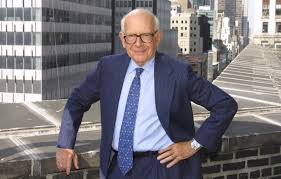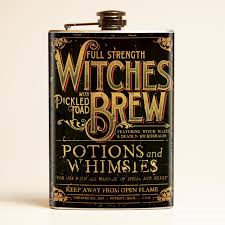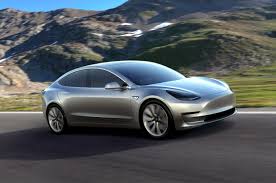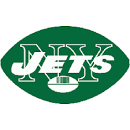Branding and the better deal.
I read somewhere “people will naturally gravitate to a better deal.” Two Cheese Whoppers for the price of one is a better deal. Chevy Family Pricing is (probably) a better deal. $100 off a Deuter Backpack, better deal.
Thirty years ago, you had to promote a better deal in the newspaper, on TV, or at point of sale. Today, your network of friends and online cohorts can share a better deal in a nano. If you know where to look online better deals abound. But better deal viewed through a pricing lens is not the full story.
Brand strategy uses science to position products and services as a better deal, sans promotional pricing. Branding answers the “Why?” your product is a better deal than the competitor’s. The why used to be random and of the cultural moment; often something conjured up by ad agents. Doritos are better than potato chips because they bounce around the room and hit people in the eye (from a Super Bowl spot years ago.) Yeah, no.
Branding, the verb, uses a discreet organizing principle to convey positive associations based on endemic product values that preclude consumers from buying other people’s products. This doctor is better than that doctor. That four-wheel drive car is better than this. My beer is better than yours.
People will gravitate to a better deal, if and when marketers help define what that better deal is – outside of price alone.
Peace.









